There’s a universal fascination with stories. We enjoy seeing how things unfold, and we're always viewing ourselves as the hero in our own narratives. Therefore, it makes perfect sense that we should include stories as our number one marketing technique. That's where StoryBrand comes in.
A story is a sense-making device. It's not only this beautiful, artistic concept that fascinates us, it’s also a way for us to understand the world. We see the world through the lens of stories.
It’s important that we first and foremost simplify what we’re trying to say, and cut out the noise. This way, we’ll grab readers’ (i.e. customers’) attention and lead them to a clear destination (such as a purchase).
Building a StoryBrand transformed the way I thought about developing copy and design. It redefined how I approached marketing. Whether you’re a writer, a designer, a marketer, or a business owner, I’d highly recommend reading the book or attending one of the StoryBrand workshops. In this post, I’m giving you a sneak peek into what I found to be the most helpful lessons – hopefully it’ll pique your interest and you’ll fall in love with StoryBrand, too!
Know that each of these five lessons could easily have five lessons within them. Remember that this is just an overview, and that you’ll want to go straight to the source to understand the power of StoryBrand fully. In the meantime, if you have any questions, comment below!
Without further ado, let’s dive in.
1. The three questions your customers should be able to quickly and easily answer
Question 1
What does your company offer?
Question 2
How will it make my life better?
Question 3
What do I need to do to buy it?
2. A snapshot of the StoryBrand Framework
”A character has a problem and meets a guide who gives them a plan and calls them to an action that helps them avoid failure and ends in a success.
Building a StoryBrandDonald Miller
These seven components (character, problem, guide, plan, action, success/failure) make up a story, and are the tools you need to create a successful StoryBrand BrandScript (mystorybrand.com). Before you create your own BrandScript, read the book and find out about each of these components. Trust me, it will be well worth your time.
3. Everyone wants to change
When I was younger, I used to watch the show “Extreme Makeover” with my cousin. Then, we’d use my grandma’s old makeup to give each other makeovers. There’s a reason why people are captivated by stories of transformation. It’s because we all want to change in one way or another. We have aspirational identities about who we want to become. As a company, you can use the aspirational identities of your customers to your advantage.
Before TwoTone


After TwoTone
4. It’s not just for customers – you can use StoryBrand to transform company culture
Using these same principles, you can engage employees and create a cohesive message that unites your workforce. Having engaged employees is an essential component to your company’s success, so don’t overlook this important element.
5. The StoryBrand Marketing Roadmap (five marketing steps you NEED to take)
After you refine your website (your first marketing tool) there are five key things your marketing plan should include.

Kayla is our resident wordsmith and grammar aficionado. With an editorial background and experience working for a major magazine, she is passionate about creating unity between words and design…












